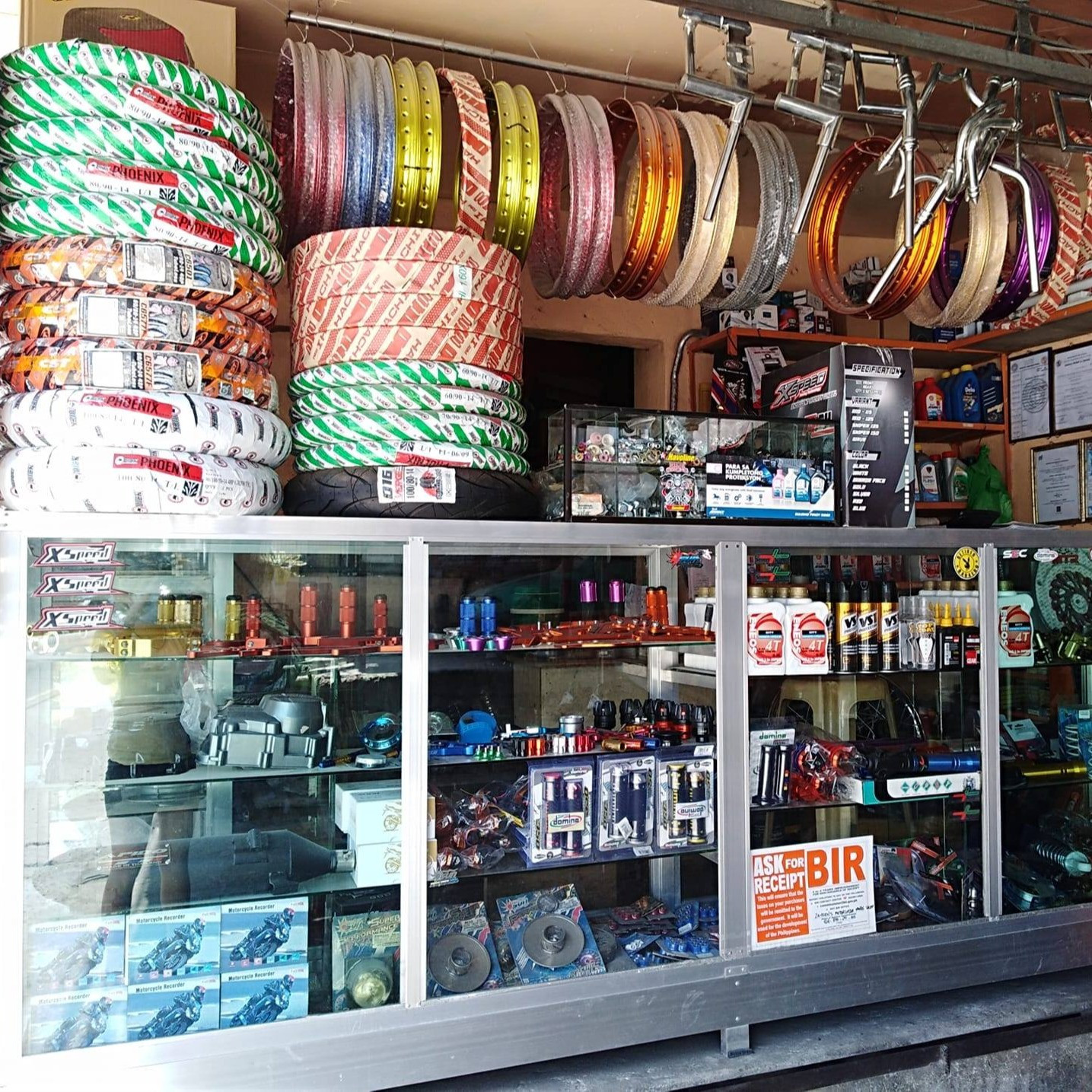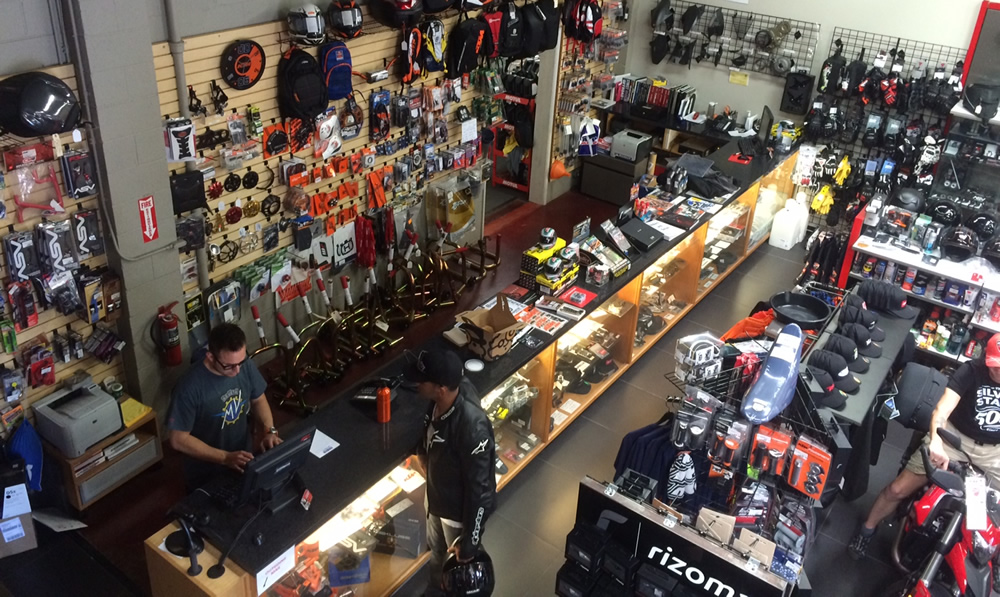Must-Have Motocross Gear: Raise Your Riding Experience Today
Must-Have Motocross Gear: Raise Your Riding Experience Today
Blog Article
Comprehending the Vital Parts of a Bike: A Comprehensive Overview for Fanatics
For bike enthusiasts aiming to elevate their riding experience and ensure their bikes run efficiently, comprehending the essential elements of a motorbike is paramount. Each aspect, from the engine's elaborate functions to the critical function of the stopping mechanisms, not just impacts efficiency but likewise safety and comfort. This guide will stroll with the fundamental parts that every cyclist should be acquainted with, allowing educated selections in both maintenance and potential upgrades. As we start this exploration, one must ask: exactly how does each part communicate to develop the smooth ride every enthusiast looks for?
Engine Elements

The camshaft plays a crucial function in controlling the timing of the engine's valves, ensuring the accurate opening and closing required for efficient gas and air consumption, in addition to exhaust expulsion. This timing is critical to preserving ideal engine performance and efficiency. Additionally, the carburetor or gas shot system, relying on the motorbike model, is accountable for blending air with fuel in the proper proportion for combustion.
The cooling system, either air or liquid-based, functions to preserve the engine's temperature within operational limitations, avoiding overheating and ensuring long life - motocross parts nz. Each component, thoroughly created and incorporated, adds to the seamless procedure of the engine, defining the bike's power outcome and overall performance
Transmission System
Indispensable to the motorcycle's functionality, the transmission system makes certain reliable power transfer from the engine to the wheels. This system makes up numerous vital components, including the clutch, transmission, and final drive, each playing a vital role in equating the engine's power into movement. The clutch, typically run by a hand lever, serves to involve and disengage the engine from the transmission, permitting smooth equipment changes and regulated acceleration.
The transmission, frequently described as the transmission proper, consists of a collection of gears that motorcyclists can manually shift through to adjust the bike's rate and torque result. These equipments are arranged in a series that allows the motorcycle to increase efficiently and preserve optimum engine efficiency across various rates. Many motorbikes use a consecutive transmission, calling for the cyclist to change equipments in a fixed order.
Braking Mechanisms
While comprehending the transmission system is crucial to utilizing a bike's power, just as essential is the ability to regulate and quit that power efficiently, which is where braking devices enter into play. Brakes are essential for safety and performance, supplying the rider with the required control to navigate different terrains and problems. Generally, motorcycles include 2 sorts of stopping systems: disc brakes and drum brakes.
Disc brakes are a lot more prevalent in contemporary bikes as a result of their superior efficiency. They contain a brake disc, caliper, and pads. When turned on, the caliper presses the brake pads versus the spinning disc, converting kinetic power into warmth, consequently slowing the wheel. This system provides better warm dissipation, regular efficiency, and boosted quiting power, specifically in damp conditions.
Conversely, drum brakes, though much less typical, are still discovered in some motorbikes. They work by pressing brake footwear versus the internal surface of a drum affixed to the wheel. While generally less reliable in heat dissipation and stopping power, drum brakes are easier and a lot more affordable.
Comprehending these braking systems' nuances allows bikers to maintain their bikes correctly and appreciate the engineering that makes sure reliable and safe stopping.
Suspension and Steering
Suspension and guiding systems are vital elements that substantially influence a bike's handling and trip comfort. The shock absorber, containing forks at go the front and shock absorbers at the back, soaks up road irregularities, improving stability and control. Front forks, usually telescopic or inverted, compress and rebound to reduce effects, while back shock absorbers preserve tire call with the roadway, critical for grip and safety.
Guiding, centered around the handlebars, attaches the biker to the bike's directional control. The guiding head bearings ensure smooth operation, allowing specific ability to move. Proper alignment and upkeep of these bearings are crucial for foreseeable guiding reaction and lowering biker fatigue.
The suspension's adjustability is an additional vital facet; preload, damping, and rebound setups enable customization to match numerous riding problems and designs. This versatility is necessary for enhancing efficiency, whether navigating city streets or dealing with tough tracks. Advancements like electronic suspension systems their explanation supply real-time adjustments, boosting adventure top quality across varied surfaces.

Electrical Systems
After making sure a smooth and controlled trip through effective suspension and steering systems, attention transforms to the electric systems, a pivotal facet of contemporary motorbikes. These systems play an essential function not only in beginning the engine but likewise in powering numerous elements that improve the capability and safety and security of the bike.
At the heart of a bike's electrical system is the battery, which shops electric energy needed for starting the engine and powering complementary systems - motocross gear nz. The alternator or generator, paired with the rectifier-regulator, makes certain the battery continues to be charged while the motorcycle functions, converting mechanical energy into electric energy and preserving voltage levels
The ignition system, an additional crucial component, is accountable for igniting the air-fuel mixture in the engine's cyndrical tubes. Modern bikes often make use of an electronic ignition system, providing greater efficiency and dependability contrasted to typical systems.
Lights systems, consisting of headlights, tail lights, and indications, are also essential, making sure presence and safety and security for the biker. Added electronic components such as sensing units, control units, and shows add to innovative attributes like gas injection management, anti-lock stopping systems visit here (ABDOMINAL), and electronic dashboards, further improving the riding experience.
Final Thought
A thorough understanding of a motorcycle's important parts, consisting of the engine, transmission system, stopping systems, suspension, steering, and electrical systems, is indispensable for enthusiasts intending to maximize performance, security, and comfort. Proficiency of these aspects permits educated choices concerning upkeep and upgrades, ultimately boosting the riding experience. By incorporating this knowledge, cyclists can guarantee their motorcycles run at peak performance and integrity, consequently maximizing both enjoyment and long life of their automobiles.
For motorcycle lovers looking to boost their riding experience and ensure their bikes run efficiently, comprehending the essential elements of a bike is critical.Essential to the motorcycle's functionality, the transmission system makes certain effective power transfer from the engine to the wheels.While comprehending the transmission system is essential to utilizing a bike's power, just as crucial is the ability to control and stop that power efficiently, which is where braking systems come right into play. Usually, motorcycles include two types of stopping systems: disc brakes and drum brakes.
A complete comprehension of a bike's vital parts, including the engine, transmission system, stopping devices, suspension, guiding, and electrical systems, is crucial for lovers aiming to optimize efficiency, convenience, and security.
Report this page